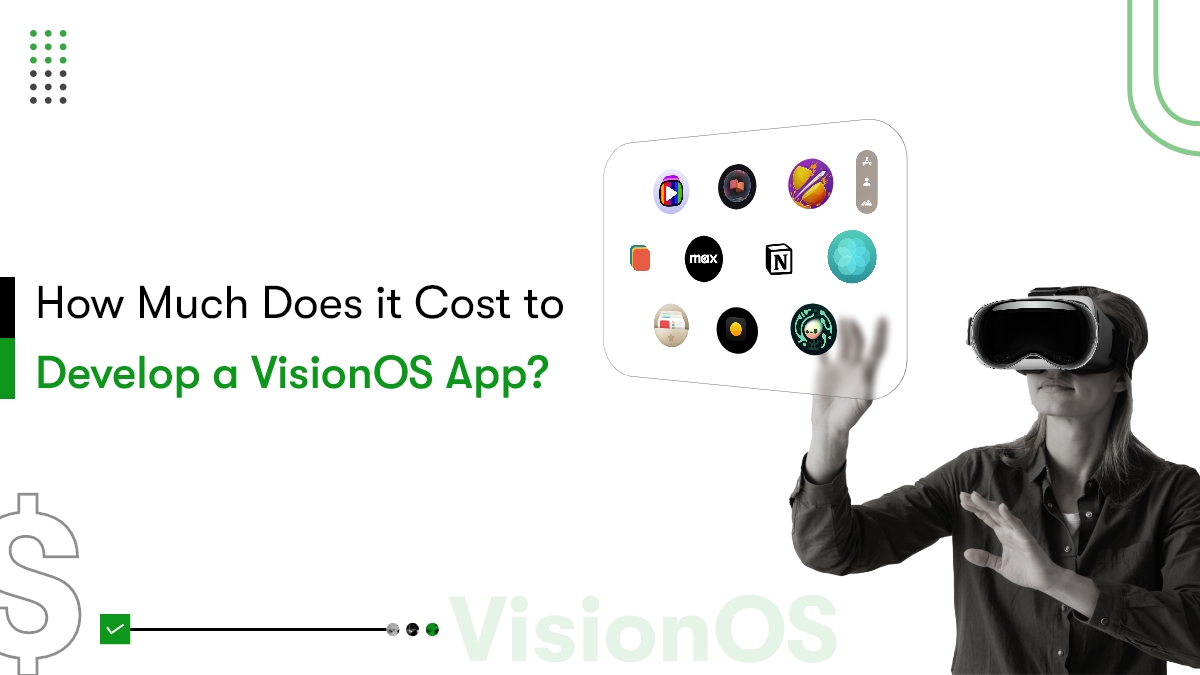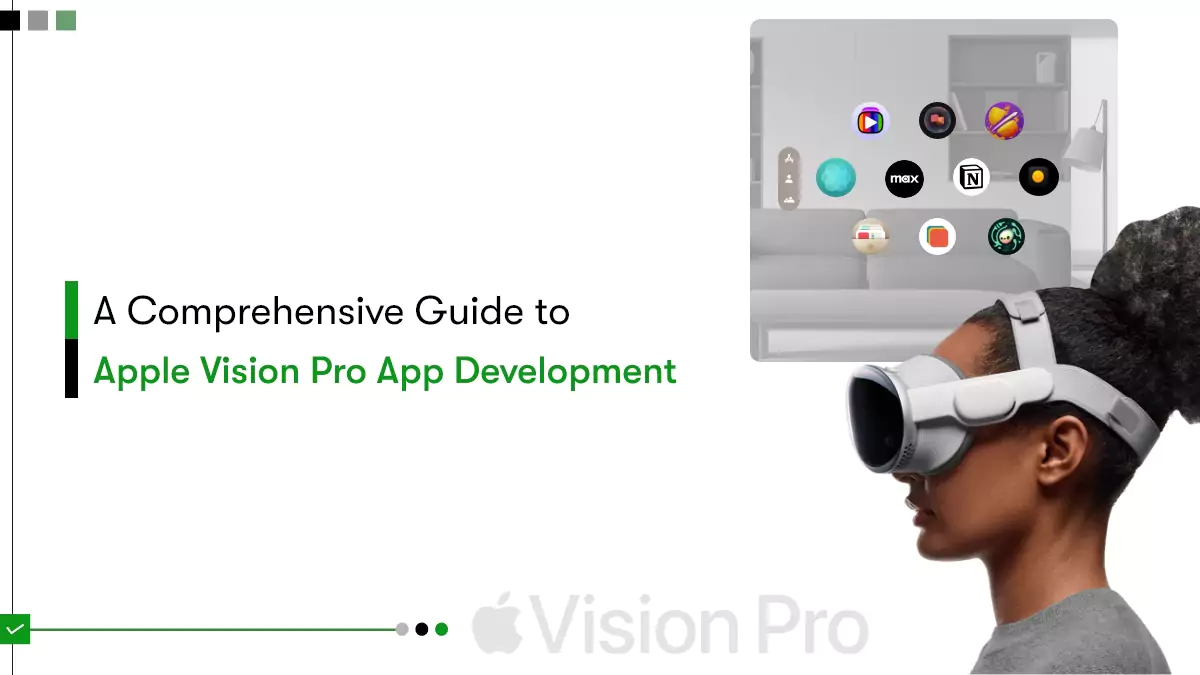Every app development confronts a range of common problems. This doesn’t mean you need troubleshooting from the very beginning. Thousands of developers encounter and solve well-known issues using libraries. Eventually, these libraries grow and become robust and reliable solutions for tons of apps. Above all, you can focus on your app’s business logic without worrying about lower-level tasks like networking, caching, and persistence.
In today’s post, we’re talking about top iOS libraries, specifically.
If you are an iOS developer or learning iOS development or a go-getter looking for fruitful, rapid, and cost-effective iOS development, stick with the post till the end. You’ll get some cool iOS libraries that will make your job a hell of a lot easier.
But wait! Before we delve into the list, let’s understand the context behind libraries with a metaphor. So, newbie developers and startuppers, brace yourself up!
Understanding the role of libraries in app development
It is believed that the wheel was invented in the 4th-century by inserting rotating axles into solid wood discs. Since then, inventors have been redesigning and introducing improved, innovative, and lighter wheel versions. Invented and altered by totally different generations, wheels came, come, and will be coming in handy to all automobile companies.
You may wonder what the wheel has to do with iOS development libraries? Well, like ancient people discovered wheels to fulfill their needs. And precedent generations have kept modifying it for their comfort; there are libraries and frameworks for developers. It is developers who created such frameworks and libraries when they encountered a need for the same.
Developers create and save the libraries so that they and their fellows don’t have to perform repetitive tasks. Thereby, developers can focus on the core values of the app development and not wasting time reinventing the wheel.
There are libraries for UX, displaying cool navbars, downloading images, and even for modern calendars. You can find tons of third-party and open-source libraries on GitHub or Bitbucket. iOS app developers can integrate them into any iOS app using tools like CocoaPods or Carthage. But the nerve-wracking job is to pick the right one from the hive of libraries.
To make this painless for you, we have curated the top 10 Swift Libraries for iOS development. It would not be possible to have the best iOS libraries without our ingenious iOS developers. Because choosing the best isn’t only about selecting the popular Swift Libraries but the concept the libraries tackle. If you understand the problem a library solves, you can quickly evaluate it for your project.
Speaking of technical criteria to choose an iOS library, keep the below pointers in mind:
- It has to be written in Swift;
- It doesn’t have to be design-specific (cocoacontrols is there for that);
- Make sure it’s a runtime framework, not a toolkit (aka. import XY)
- It has some package manager support (Carthage, CocoaPods, SPM)
- Must support the latest major version of Swift
The time has come to unveil the top 10 iOS libraries. Let the game begin!
Top 10 iOS Libraries You Don’t Want To Miss
NETWORK RELATED LIBRARIES
- Alamofire
Alamofire is a popular HTTP networking library for elegant networking in Swift. It wraps APIs in an easy-to-use interface over Apple’s foundation networking stack, using HTTP networking simplifying the task. To keep Alamofire focused on core networking implementations, you can use additional component libraries created by the Alamofire Software Foundation. It helps you bring extra functionality to the Alamofire ecosystem.
AlamofireImage – An image library including a priority-based image downloading system, image response serializers, UIImage and UIImageView extensions, custom image filters, and auto-purging in-memory cache.
AlamofireNetworkActivityIndicator – for controlling the visibility of the network activity indicator on iOS using Alamofire. Its configurable delay timers help mitigate flicker, and it supports URLSession instances not managed by Alamofire.
https://github.com/Alamofire/Alamofire.
- Kingfisher
You can either write an exhaustive code for displaying and cashing images fetched from the network without downloading or use this library. Kingfisher is a powerful Swift library for downloading and caching images from the web. The library downloads the image from its URL and sends it to both memory and disk caches. Further, it displays those images in an UIImageView, NSButton, NSImageView, or UIButton.
https://github.com/onevcat/Kingfisher
LIBRARIES FOR REACTIVE PROGRAMMING
- ReactiveCocoa
If you are relying on functional reactive programming, ReactiveSwift is the library you need. It provides you with composable, declarative, and flexible primitives. These primitives express streams of values over time. It will help you ensure changes in a part of your app reflect throughout the app automatically.
https://github.com/ReactiveCocoa/ReactiveCocoa
- RxSwift
RxSwift simplifies developing asynchronous programs. It allows code to react to new data and process it in a subsequent and isolated manner. It helps write and maintain asynchronous and event-based codebase with minimum effort.
https://github.com/ReactiveX/RxSwift
ANIMATION
- Hero
Hero is an iOS-animation library that makes custom transitions creation easier by providing a declarative layer on top of the UIKit’s transition APIs. The library will be a savior if you’re working with an iOS view controller. It also offers transition templates that can be used as a base for your custom transitions.
https://github.com/HeroTransitions/Hero
- Lottie
Lottie is created by the Airbnb team’s open-source Swift Libraries that natively renders vector-based art and animation in real-time. Animations are JSON-baked; hence, they are small in size and interactive. You can even manipulate them at runtime.
https://github.com/airbnb/lottie-ios
AUTO LAYOUT HELPERS
- SnapKit
SnapKit is a DSL (Domain-Specific Language) that aims at creating an intuitive syntax for AutoLayout for a specific domain. The library is compatible with both iOS and OS X. it is type-safe by design, reducing programming error and preventing invalid constraints in the first place to maximize productivity.
https://github.com/SnapKit/SnapKit
TESTING
- Quick
Quick is a behavior-driven framework. Quick allows you to write behavior tests.
- Nimble
Nimble is an assertion framework. You can use Nimble with XCTests for asynchronous, simpler, and more expressive asserts.
Quick comes together with Nimble — a matcher framework for iOS app tests.
UTILITY LIBRARIES
- CryptoSwift
CryptoSwift is a growing Swift package of standard and secure cryptographic algorithms. It provides Swift users with quick access to easy-to-use and secure cryptographic APIs. The library allows you to access its APIs for cryptographic operations on all platforms that Swift supports.
Hire our iOS developers who collaborated to create this list and utilize their expertise for your project.
BONUS ONE
- SwiftyJSON
JSON data is implicit about its types, while Swift is strict by nature about data types and requires the user to declare it explicitly. The type-casting issues make it challenging to deserialize model objects and may need many nested “if” statements. This is where SwiftyJSON makes it all simple. The library helps to read and process JSON data from an API/Server.
Round Off
After reading tens of articles, following the iOS community, and collaborating with iOS developers, we got these libraries for iOS development. Libraries will continue to be written in Swift and Objective-C, helping you create elegant interfaces, tackling issues like JSON in Swift, and more. And we will keep bringing the latest app development stuff to you.
If we have missed your favorite library in the list or you know more useful tools, let us know. We’ll dig into that to validate if that is worth your project. Your request will be awaited.











 Contact Information
Contact Information